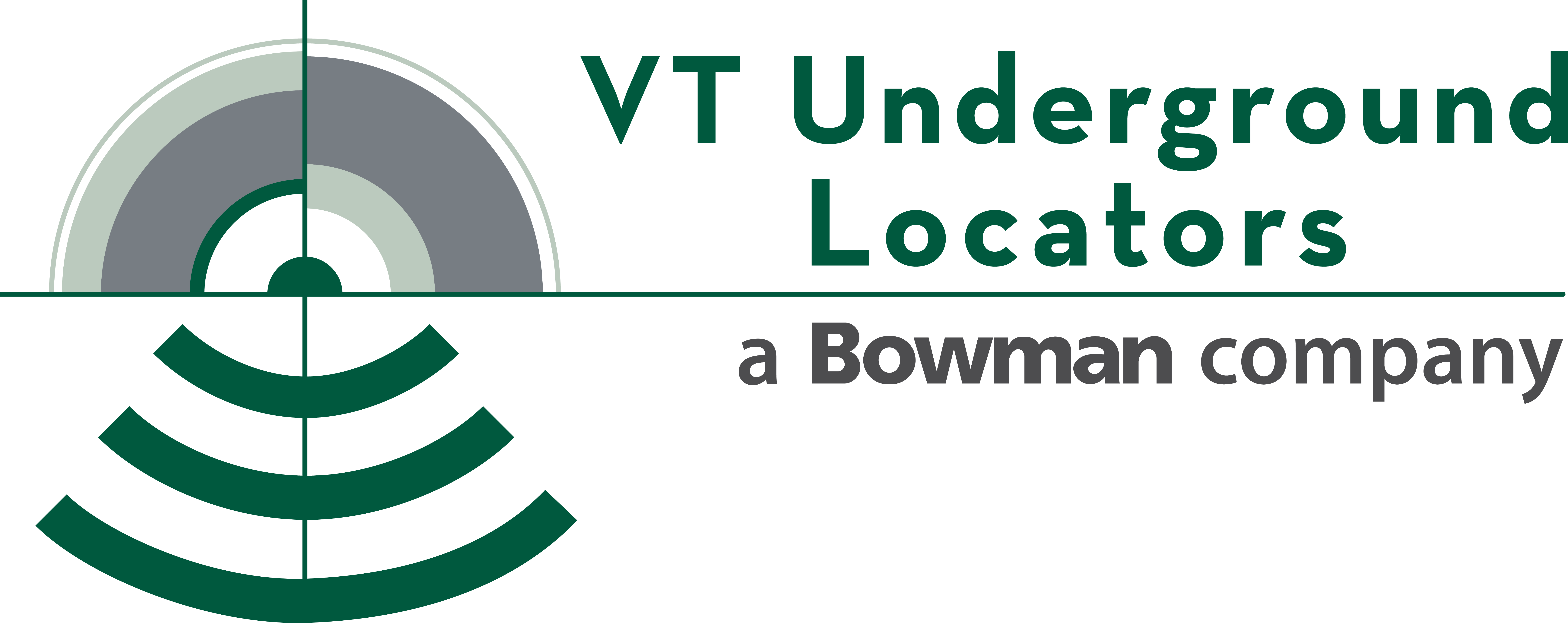How Do You Find Bedrock Using Ground Penetrating Radar?
In the realm of subsurface exploration, the quest to locate bedrock, commonly known as ledge, has long been a challenge for engineers, geologists, and construction professionals. However, with advancements in technology, Ground Penetrating Radar (GPR) has emerged as a powerful tool in uncovering the secrets hidden beneath the Earth’s surface. Ground Penetrating Radar utilizes a sonar antenna to scan the ground, emitting electromagnetic waves that penetrate the soil and bounce back when encountering different subsurface materials. This technology has proven highly effective in locating bedrock, or ledge.
Ideal Conditions for GPR Underground Bedrock Detection:
For GPR to perform optimally in bedrock detection, certain conditions must be met. These conditions are crucial for obtaining accurate and reliable results:

- Limited Interference: GPR works best in areas with minimal interference from clay-like materials or rocky gravel. High clay content can reduce the effectiveness of the radar signal, leading to obscured readings.
- Soil Conductivity: The conductivity of the soil plays a significant role in GPR effectiveness. The degree of conductivity varies across different sites, and a thorough understanding of the site’s conductivity is essential for accurate bedrock detection.
- Flat Surfaces with No Vegetation: To ensure precise readings, the surface being scanned should be flat and devoid of vegetation. Uneven terrain and plant cover can introduce noise into the data, making it challenging to distinguish bedrock signals from other elements.
Why Choose GPR to Detect Bedrock?
The use of Ground Penetrating Radar for bedrock detection offers several advantages, including:
- Non-Destructive Testing: GPR is a non-intrusive method, allowing for subsurface exploration without the need for excavation or drilling. This minimizes environmental impact and project costs.
- Efficiency & Speed: GPR surveys can be conducted rapidly, providing real-time data on subsurface conditions. This efficiency is particularly valuable in time-sensitive construction projects.
- Precision in Planning: Accurate bedrock mapping facilitates precise project planning. Understanding the depth and characteristics of bedrock helps mitigate potential challenges and ensures the successful execution of construction projects.
Ground Penetrating Radar stands as a beacon of innovation, offering a non-destructive and efficient solution for bedrock detection. Bedrock is not a uniform entity; it can be found at various depths beneath the surface. GPR has the capability to detect bedrock ranging from a few inches to over a foot deep. In some instances, bedrock formations may even be visible above ground, offering a clear indication of the geological features present.
As we navigate the complexities of construction and development projects, harnessing the power of GPR provides invaluable insights into the hidden geological landscape. If you find yourself in need of bedrock detection services or wish to learn more about how GPR can benefit your project, do not hesitate to contact Vermont Underground Locators for successful and informed decision-making in your future endeavors.
We’re here to help answer any of your Ground Penetrating Radar & bedrock detection questions, so give VTUL a call today at 802-863-7113 or contact us online




